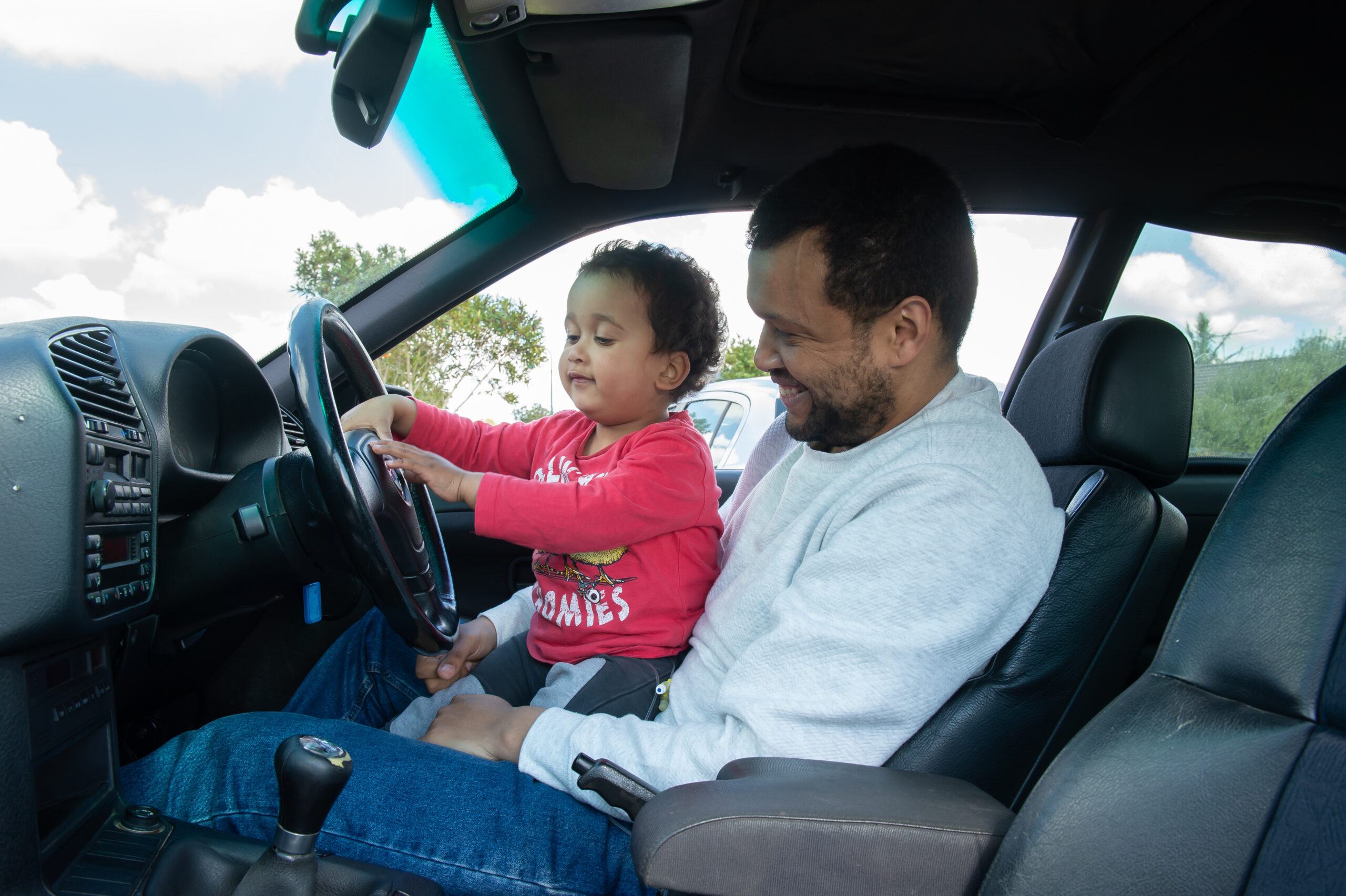New tool to help parents and health professionals with ‘unfathomably difficult’ paediatric palliative care decisions
New tool to help parents and health professionals with ‘unfathomably difficult’ paediatric palliative care decisions
Wednesday, May 22, 2024
Navigating end-of-life care for a child or young person is unfathomably difficult. It is an emotionally challenging journey marked by difficult decisions – the location of where that care takes place is one of the biggest considerations.
Care at home, in hospital, or a hospice will make sense to different families for different reasons.
During National Palliative Care Week, new resources have been launched to help families and health professionals discuss these important topics with as much clarity and compassion as possible, during such a difficult time,
“Conversations regarding the location of end-of-life care are deeply personal and profoundly impactful on the experience a child and their loved ones have,” says PCA Project Lead and bereaved mother of Evie, Rachel Callander.
With the support of the Australian Government Department of Health and Aged Care; Palliative Care Australia (PCA) has co-designed a series of videos, fact sheets, and check lists with bereaved parents and health professionals.
“These End-of-Life Location resources are available now on the Paediatric Palliative Care website and have been created to assist parents, families, caregivers, and healthcare professionals in making informed and compassionate decisions that support quality of life for children and young people who are dying,” Ms Callander says.
“The video series is especially compelling as Maria, Rudi and Jess, three bereaved parents, share their stories and reflect on the moments that left lasting, powerful and positive impressions, and the moments that made their situation more difficult than it needed to be.”
Information and insights within the new resource are presented in two streams to cater for different needs and perspectives – one stream is geared toward parents and carers, the other to health professionals. However, both are incredibly insightful for anyone who is having conversations around end-of-life location care.
“For example, we have developed a list of questions families can ask themselves to help determine what is important to them and in turn help direct the care of their child,” Ms Callander says,
“Alongside the question guide for parents, we've also created something similar that health professionals can use to help them prepare for these difficult conversations with families.
“In response to the experiences we heard from Rudi, Jess, and Maria, this checklist guide, is designed to help reduce the negative experiences families have during this heartbreaking time, and to help health professionals align their knowledge and care in the most compassionate and effective ways.”
PCA acknowledges with love and respect, each family who has shared their story for this project. In loving memory of Silas, Henry, Tristan, Tiarna, M, S, M and Rio.
“We estimate around 39,000 children and young people could benefit from palliative care each year in Australia. Resources like this provide the support, care and love these families need as they deal with the most difficult circumstances,” Ms Callander says.
